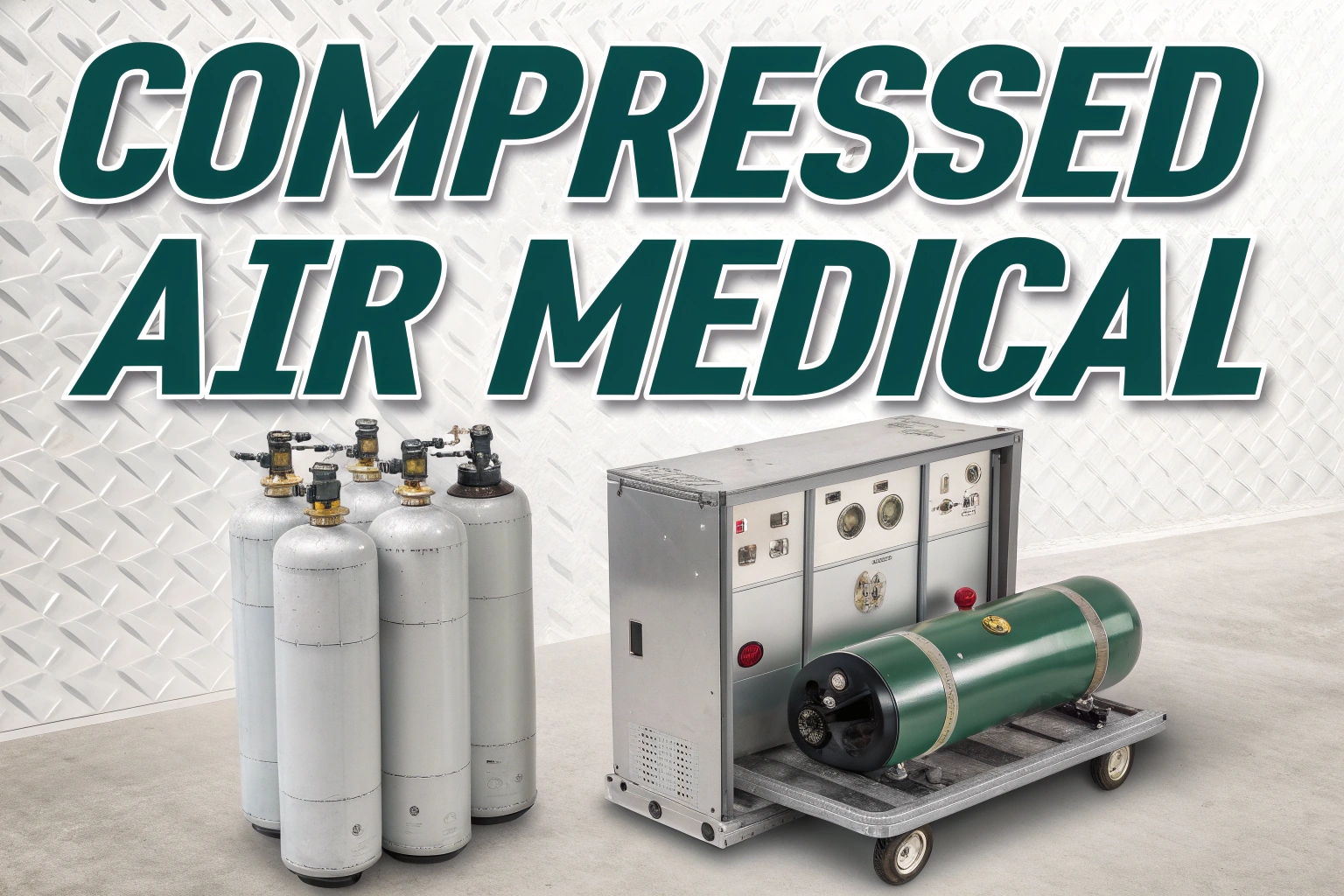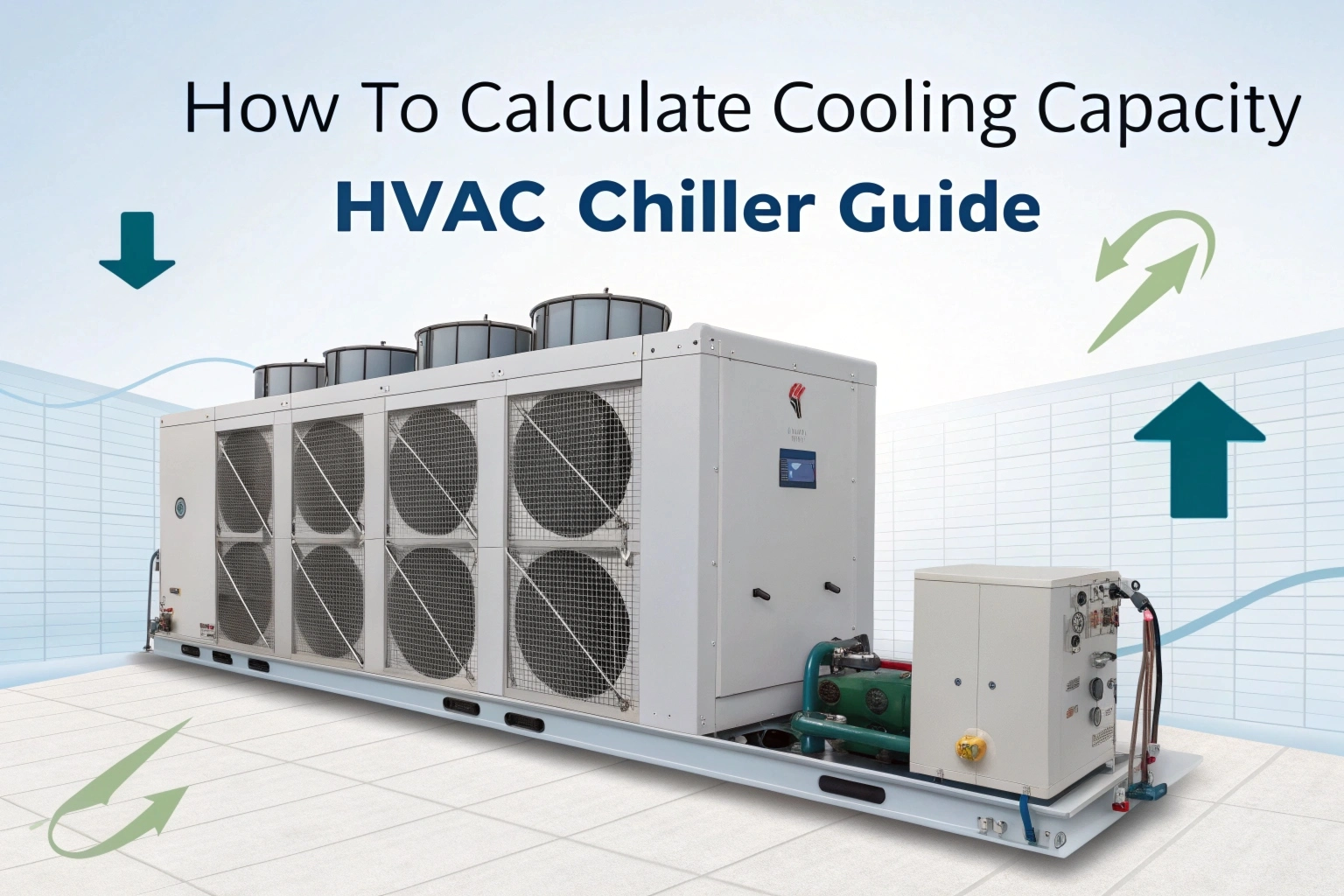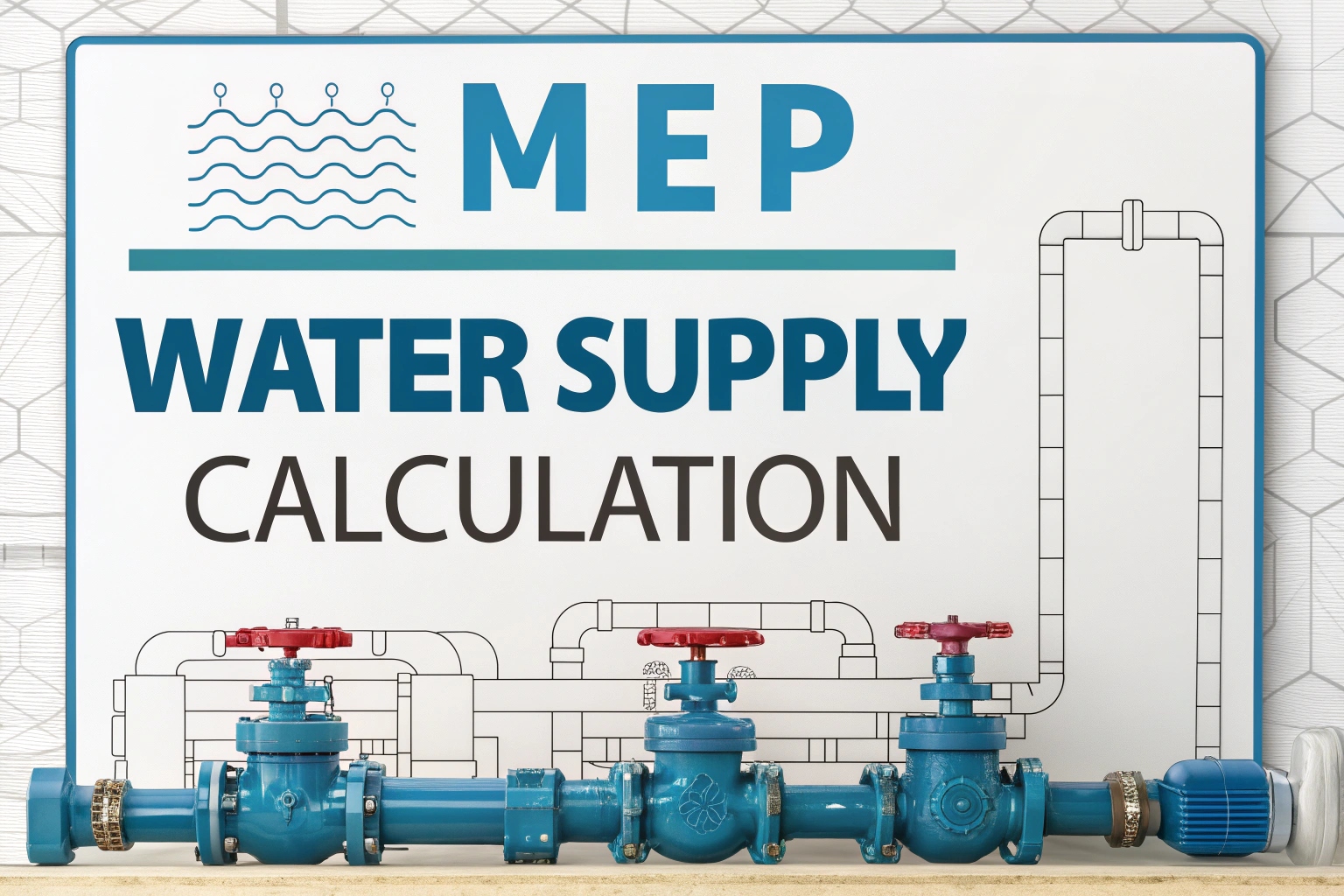Batteries now help power nearly everything, whether it’s a simple smartphone or a large solar energy installation or car. Choosing the proper battery keeps your equipment in good health, reduces breaks and makes your battery last longer. If you’re unsure how to calculate the right size battery, this guide will walk you through the process in simple steps.
10 Steps to Calculate the Right Size Battery for Your Equipment
Step 1: Know Your Equipment’s Power Needs
In the first step, you need to learn about the power supply your equipment needs.
You need to learn how much power your equipment needs. The user manual or technical specifications merchandise are available for review. You’ll most often see systems listed as using a certain number of watts or milliwatts (W or mW). For example, a laptop takes about 60W and a small LED light needs about 5W.
When your device supports several power ratings, always pick the largest power you can find. As a result, you ensure the battery won’t fail under the most powerful load.
Example:
- It takes 20 watts to power your portable fan.
Step 2: Decide How Long You Need the Battery to Last
In addition, keep in mind how many minutes of use your equipment requires on a fully charged battery. It’s called the runtime and it helps determine the right battery size to use.
If you depend on the equipment each day, decide how much time it must function on one charge. When it comes to backup systems, you should expect a delay of hours or days.
Example:
- One charge on the battery should allow the fan to run for 5 hours.
Step 3: Calculate Energy Consumption
To find the total energy you use, multiply the power required by the amount of time the equipment is used. Energy in our homes is commonly measured as watt-hours (Wh).
Formula:
- Energy (Wh) = Power (W) × Time (Hours)
Example:
- 20W × 5 hours = 100Wh
That’s why your battery has to provide 100Wh of energy to keep your fan running for 5 hours.
Step 4: Include a Safety Margin
Both hot and cold weather can limit the way your battery works. The capacity you have available may drop if the weather is hot, your battery is old or the system is losing efficiency.
A margin of about 20%–30% on your energy use will reduce risks of surprises.
Formula:
- Required Energy = Energy Consumption × (1 + Safety Margin)
Example:
- 100Wh × 1.25 = 125Wh
This added protection means your battery works as you planned.
Step 5: Check Battery Voltage
Battery capacity is influenced by the internal voltage. You can find batteries with most common voltages—they are usually 3.7V, 6V, 12V or 24V. Ensure you get a battery that supplies the same voltage as your equipment.
When you have the voltage, you can change watt-hours to ampere-hours (Ah), since that’s the way batteries’ capacity is shown in the labels.
Formula:
- Battery Capacity (Ah) = Energy (Wh) / Voltage (V)
Example:
- 125Wh / 12V = 10.42Ah
In this case, you should buy a 12V battery able to supply at least 10.42Ah to power your fan for 5 hours.
Step 6: Pick the Right Battery Type
All battery formulations are created with different positives in mind. Make your decision by considering what your equipment requires, the size of the place, its weight and how much money you have.
- Lithium-ion: Compact, light and full of stored energy. Perfect for use on phones, laptops and all types of portable gear.
- Lead-acid: You get long–term use for a reasonable cost. Lots of cars and backup systems use this design.
- Nickel-metal hydride (NiMH): This battery type is good for use in power tools and small home electronics.
Always be sure the battery type you buy will fit your power and storage requirements.
Step 7: Understand Series and Parallel Connections
If one battery doesn’t work for you, you can combine several together.
- Series connection: Increases voltage
- (e.g., two 6V batteries in series = 12V, capacity stays the same)
- Parallel connection: Increases capacity
- (e.g., two 12V 10Ah batteries in parallel = 20Ah, voltage stays the same)
In a parallel connection, the capacity of the system grows.
Step 8: Think About Charging and Discharging
The way you control the charge on your battery determines its durability. Read all instructions given by the manufacturer before using your product.
- Always use the matching charger that is right for the battery’s voltage and current.
- Don’t frequently discharge your batteries all the way down and be careful not to overcharge them.
- A Battery Management System (BMS) helps you share charges evenly among your cells during multi-battery arrangements.
When you smart charge your device, your battery lasts a longer time and functions better.
Step 9: Account for Environmental Conditions
How your battery operates can change according to where you are. Even heat, cold, moisture or dust can impact how many times the battery can be used.
- When you fry your food at high temperatures, it doesn’t last as long.
- The fact that you’re cold slows down how quickly you perform.
- Corrosion is a problem that can be caused by humidity.
Choose a battery that has been designed for the weather at your chosen sailing spot. Sometimes, you need to add a fan or insulation to deal with the room’s temperature.
Step 10: Plan for Maintenance
Batteries need attention to keep from deteriorating. Set a regular date for your pets to see the veterinarian.
- Knowing your voltage and charge levels is important.
- Check for problems and signs of aging.
- Run a load on every battery every few months.
- Emergency lights are safer if you change out batteries while they are still fully functional.
Regular care of your machinery keeps it working properly and stops unexpected breakdowns.
Conclusion
To prevent anything from disturbing your systems, it’s important to measure battery size correctly. After finishing these steps, you’ll be able to decide on which battery is best for your project. The performance of a remote weather station, a solar set up at home or a small handheld battery is greatly improved by choosing the ideal battery size.
Still wondering how to calculate the right size battery? Use this guide as your go-to checklist every time you plan a new system or replace an old battery. Properly sizing the system saves you money, stops headaches and gives you confidence.
FAQs
How do I calculate what size battery I need?
With the same information, take your calculated watt-hours, divide them by your battery’s voltage and then once again by your desired depth of discharge.
How do I calculate how much battery I need?
Dividing your Wh energy use by the V of the battery tells you how many Ah the battery needs to be.
How to choose the right battery capacity?
Get a battery that can meet your daily energy needs plus a little bit more.
What is the rule of thumb for battery sizing?
If you use 3 Wh, 3 channels and 5 songs every day, buy a battery with at least 10 Wh capacity.
Read More – Eddy Current Theory and Applications











